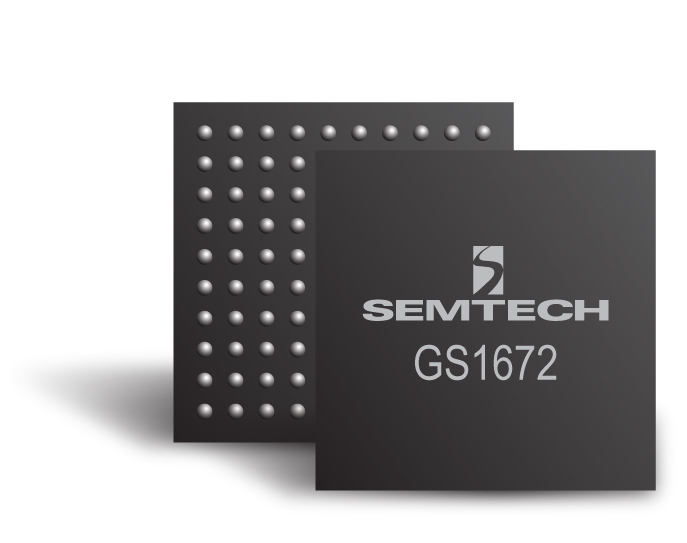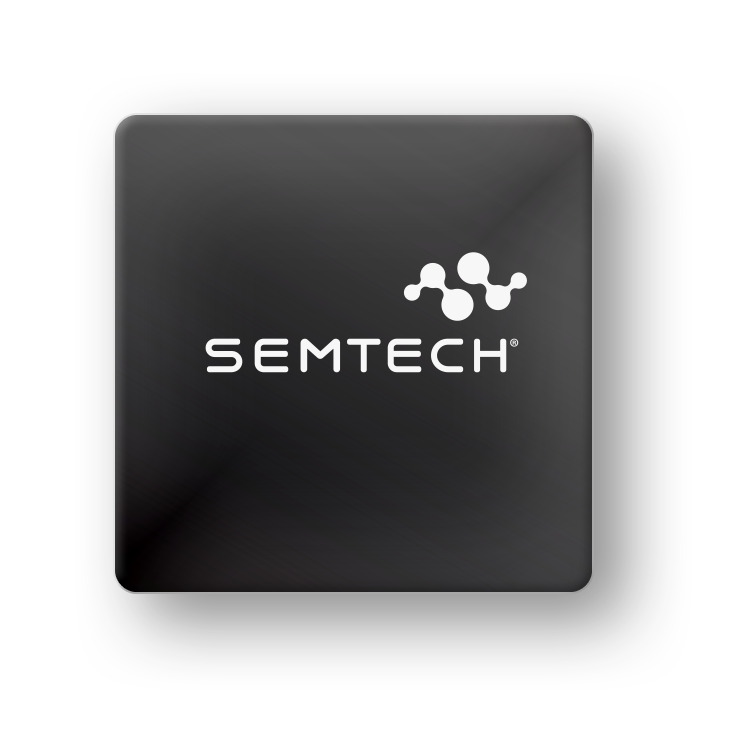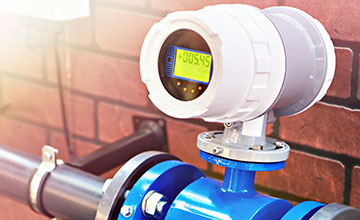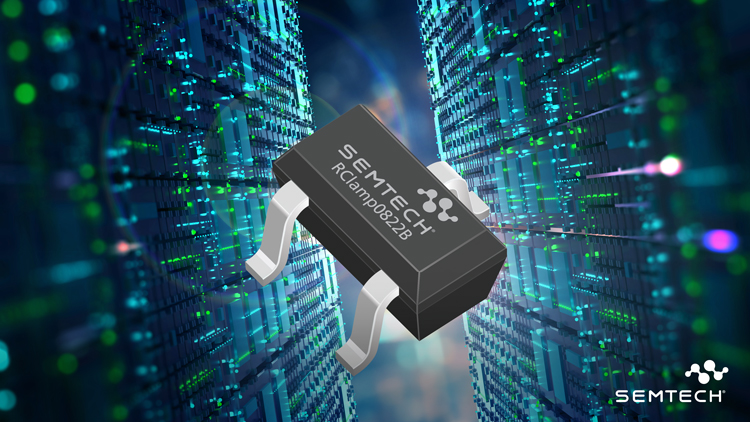Overview
Please use GS2972 for new designs.
The GS1672 is a complete SDI transmitter, generating a SMPTE 292M, SMPTE 259M-C or DVB-ASI compliant serial digital output signal.
The integrated ClockCleaner™ allows the device to accept parallel clocks with high input jitter, and still provide a SMPTE compliant serial digital output.
The device can operate in four basic user selectable modes: SMPTE mode, DVB-ASI mode, Data-Through mode, or Standby mode.
In SMPTE mode, the GS1672 performs all SMPTE processing features.
In DVB-ASI mode, the device will perform 8b/10b encoding prior to transmission.
In Data-Through mode, all SMPTE and DVB-ASI processing is disabled. The device can be used as a simple parallel to serial converter.
The device can also operate in a lower power Standby mode. In this mode, no signal is generated at the output.
The GS1672 includes a fully SMPTE-compliant cable driver for SMPTE 292M and SMPTE 259M-C interfaces. It features automatic dual slew-rate selection, depending on HD- or SD-SDI operational requirements.
In accordance with SMPTE 272M and SMPTE 299M, up to eight channels (two audio groups) of serial digital audio may be embedded into the video data stream. The input audio signal formats supported by the device include AES/EBU, I2S and serial audio. 16, 20 and 24-bit audio formats are supported at 48kHz synchronous for SD modes and 48kHz synchronous or asynchronous in HD modes.
Order Codes
- GS1672-IBTE3: Lead-Free, RoHS Compliant, Tape and Reel-250 Pieces
- GS1672-IBE3: Lead-Free, RoHS Compliant, Tray-168 Pieces
PB Free/ROHS
Learn More →Features
- Integrated audio embedder for up to 8 channels of 48kHz audio
- Integrated, low noise VCO and integrated ClockCleaner™
- Integrated cable driver
- Operation at 1.485Gb/s, 1.485/1.001Gb/s and 270Mb/s
- Supports SMPTE 292M, SMPTE 259M-C and DVB-ASI
- Ancillary data insertion
- Parallel data bus selectable as either 20-bit or 10-bit
- SMPTE video processing including TRS calculation and insertion, line number calculation and insertion, line based CRC calculation and insertion, illegal code re-mapping, SMPTE 352M payload identifier generation and insertion
- GSPI Host Interface
- 1.2V digital core power supply, 1.2V and 3.3V analog power supplies, and selectable 1.8V or 3.3V I/O power supply
- -20°C to +85°C operating temperature range
- Low power operation (350mW typical, including cable driver)
- Small 11mm x 11mm 100-ball BGA package
- Pb-free and ROHS compliant
| Documents | Release Date | Type | |
|---|---|---|---|
| GS1672 Datasheet | 2018-12-19 | ||
| GS1672 Product Brief | 2018-12-19 | ||
| GS1672 IBIS Model | 2019-03-02 | IBS | |
Applications
- Cameras
- Camera Control units
- Multiviewers
- Production Switchers
- Master Control Switchers
- VTRs
- Video Servers
- Encoders/Decoders
- Up/Down/Cross Converters
- Audio Embedders
- Format Detectors
- Test and Measurement Equipment
Inventory
| Product | Country | Distributor | Qty | Buy |
|---|




.jpg)













.png)












.png)




